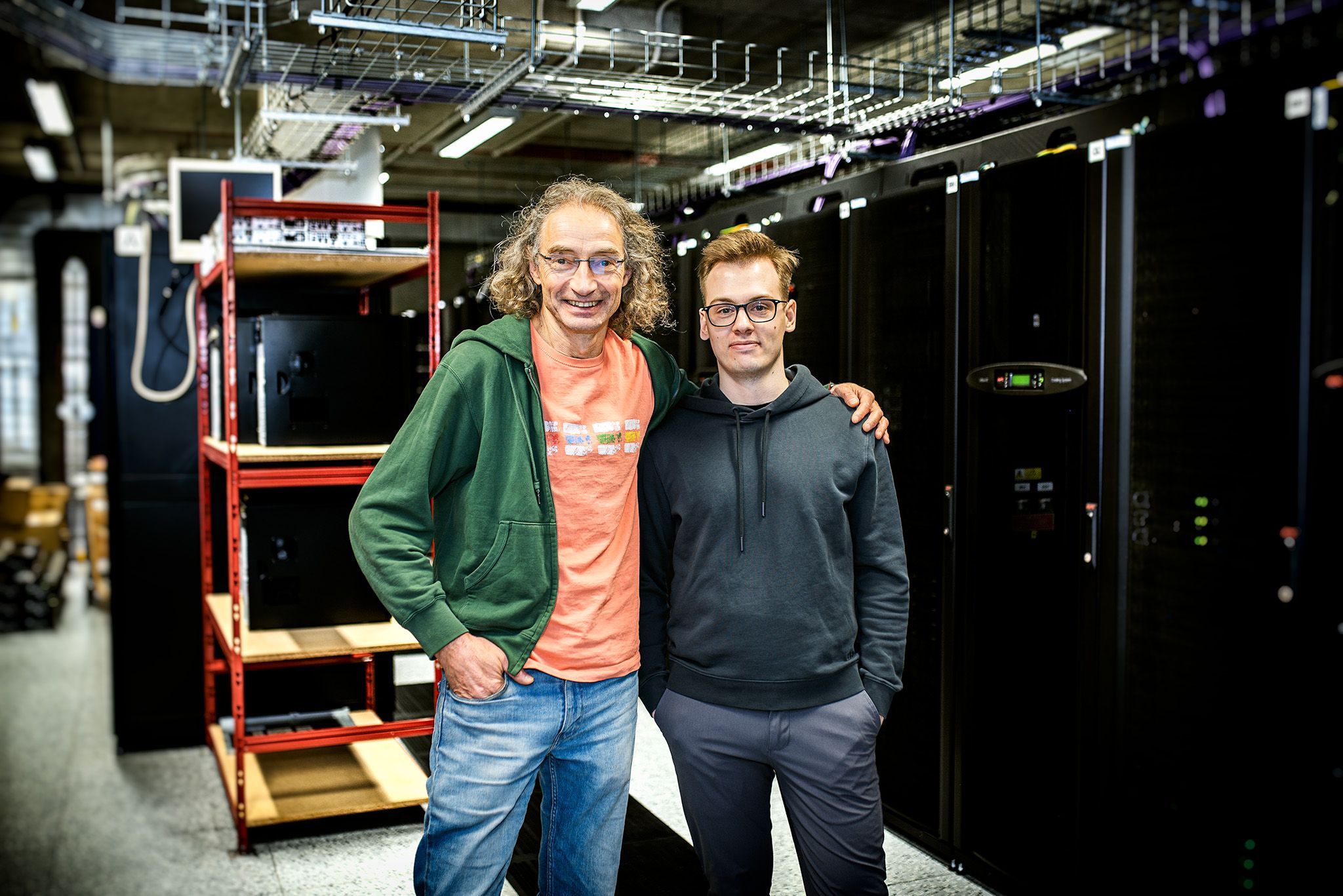Good quality water models have a surprisingly wide range of dielectric constants

Computational chemists aim to describe biomolecules and their properties in detail. To do so, they must also model the natural aqueous environment in which these molecules occur. Because it is impossible in this context to simulate every water molecule in full quantum mechanical detail, researchers rely on simplified water models that mimic real conditions in which biomolecules function. Surprisingly, many of these models reproduce numerous experimental properties of water quite well, even though they may deviate significantly in one key parameter – the dielectric constant.
The dielectric constant describes how well a material, in this case water, attenuates electric forces between charged particles. Water’s dielectric constant is exceptionally high, about 80 at room temperature.
Pavel Jungwirth from IOCB Prague and his collaborators Victor Cruces Chamorro and Hector Martinez-Seara used machine-learning methods to design a set of water models with dielectric constants ranging from 45 to 75. They discovered that the overall accuracy of a model hardly depends on its dielectric constant. In fact, the best-performing models lie between 55 and 70, i.e., below the experimental value.
The finding shows that matching the dielectric constant is not the key for designing good water models. What matters more is capturing water’s structure and motion, offering new freedom in designing accurate and efficient models for chemistry and biology simulations.
The resulting publication has been selected as an Editor’s Pick by The Journal of Chemical Physics after a peer review process in which an anonymous reviewer has written: “20 years ago, few authors devised a good model of water, gaining fame till the rest of their lives. This manuscript devises 60 very good models of water – and the authors deserve fame as well. The conclusions of this work are extremely useful for the design of future water models and whole force fields.”
Read the paper
Cruces Chamorro, V.; Jungwirth, P.; Martinez-Seara, H. Why Good Quality Water Models Have a Surprisingly Wide Range of Dielectric Constants. J. Chem. Phys. 2025, 163 (19), 194106. https://doi.org/10.1063/5.0299233






